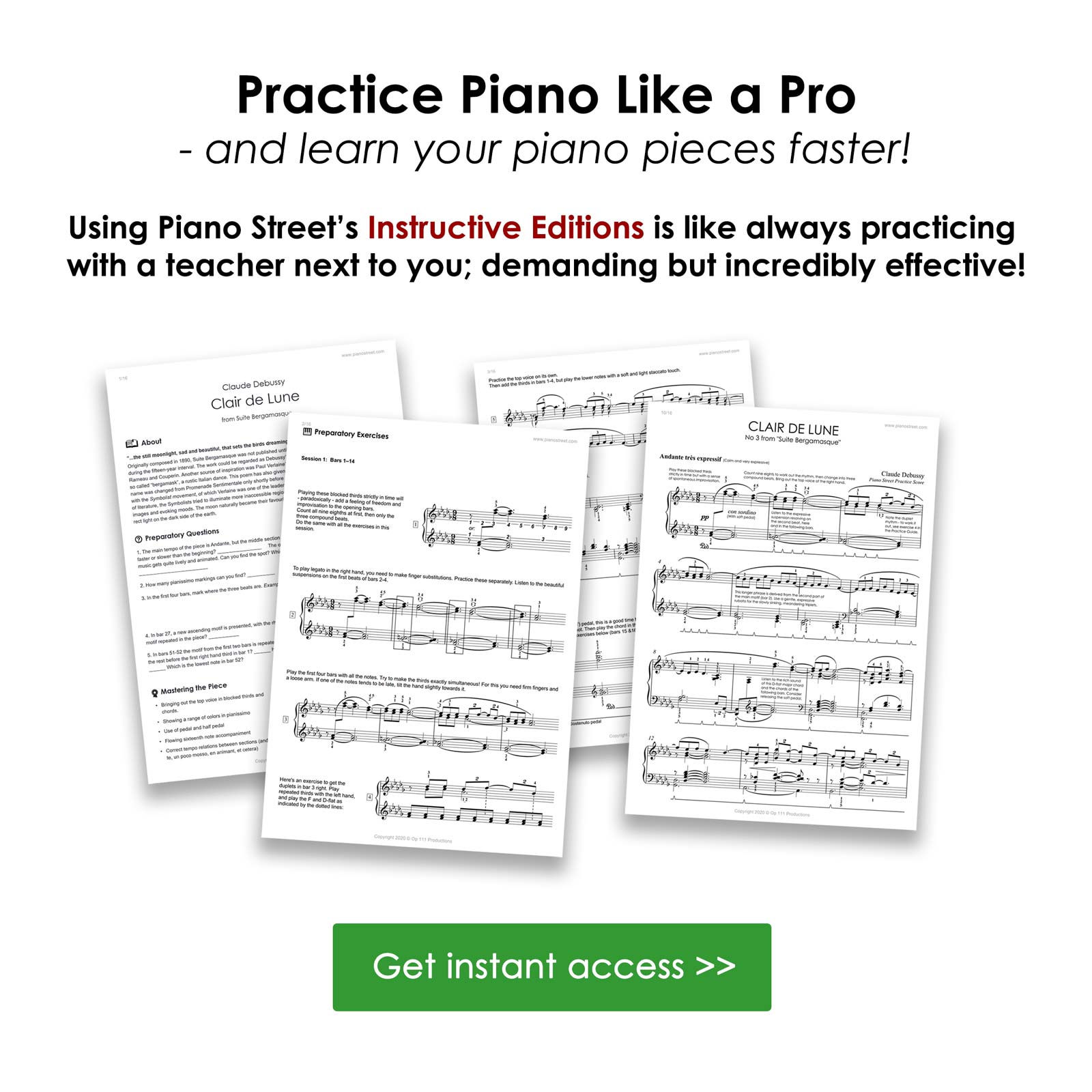Piano Forum
Piano Street Magazine:
The Memories of a Piano - 80 Years After the Atomic Bomb
"Akiko's piano" survived the atomic bombing of Hiroshima and has featured in concert performances, films, and special events, conveying its message of peace. Now, 80 years after the bomb killed its owner, it has also participated in the Hiroshima premiere of the play Borrowed Landscape. Read more
Pages: [1] Go Down
Pages: [1] Go Up
For more information about this topic, click search below!
 Topic: Piano "exercises" ...accountabilty
Topic: Piano "exercises" ...accountabilty 